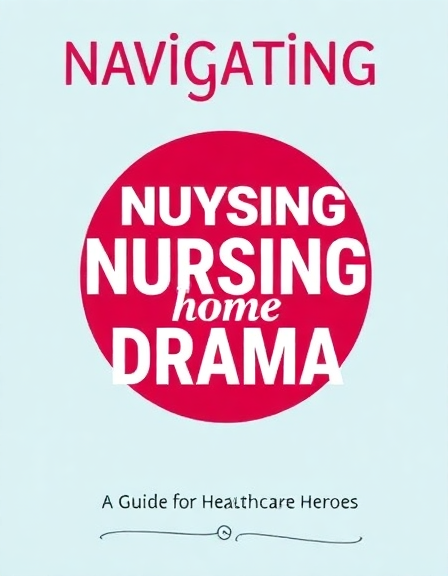Ted
Biography
Aspiring Author
Reviews Summary
4.3
Rating Breakdown
3 total ratings
Aspiring Author
4.3
Rating Breakdown
3 total ratings
This first chapter really drew me in with its relatable take on nursing home life. The way it breaks down the sources of workplace tension feels spot on, and the humor aspect is a nice touch. I'm definitely interested in reading the rest of this guide. It presents a really practical approach to dealing with common workplace issues. The emphasis on how this drama impacts patient care is a crucial point. I can't wait to see where this story goes and what strategies are offered next. This feels like it could be a really valuable resource for anyone in healthcare. Worth upgrading to read the complete version to gain more tools for navigating these situations.
This first chapter really drew me in with its honest depiction of healthcare team dynamics. Ted's writing style is direct and relatable, immediately establishing a sense of understanding for the reader. The way the chapter connects interpersonal friction to patient care is a critical and well-articulated point. I'm definitely interested in reading the rest to see how these strategies for navigating conflict are developed. The author’s acknowledgment of humor as a coping mechanism feels particularly authentic. This book seems poised to offer practical and much-needed advice for a challenging profession. I’m curious to see how the author builds on these foundational concepts in subsequent chapters. The chapter effectively sets the stage for a guide that could genuinely improve workplace environments. It promises a valuable resource for anyone working in demanding care settings. This preview leaves me eager to discover the full scope of solutions offered.
This first chapter really sets up an intriguing premise for navigating difficult workplace dynamics. The author's exploration of team interconnectedness and the ripple effect of conflict on patient care resonated strongly. I appreciate the acknowledgment of the humor aspect as a coping mechanism in such high-pressure environments. The discussion on communication styles in predominantly female settings felt insightful, though I'm curious about the depth of practical advice. The chapter effectively highlighted the problem, making me eager to see how the book proposes solutions. I'm definitely interested in reading the rest to learn more about diffusing these common conflicts. It feels like this could be a valuable resource for anyone working in healthcare settings. Worth upgrading to read the complete version to get the full toolkit.
